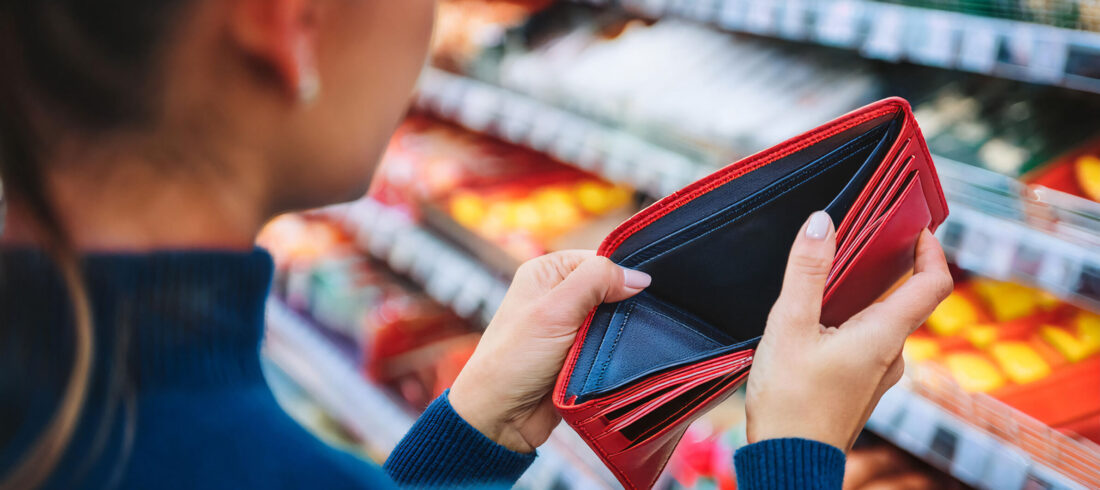Life throws curveballs, and sometimes, we need a little help getting back on track. For many Americans, getting food on the table is a real struggle. Were you aware that there is a program in place to assist? The Supplemental Nutrition Assistance Program (SNAP) is the name of this initiative. SNAP benefits eligibility isn’t as complicated as you might think.
Overview of Understanding SNAP Financial Support
SNAP aims to help low-income families and individuals buy nutritious food. It’s bigger than just one meal on the table. SNAP makes a huge difference not only for families, but the community too. When families can afford groceries, their overall health improves. This results in stronger communities. Local economies get a boost as well. When families have more money to spend on food, it can help to stimulate the local economy!
You might be thinking, “But am I eligible?” It’s worth looking into. Eligibility hinges on a few things: income, resources like bank accounts, and immigration status. To be eligible, you must have a valid immigration status. You’re off to a good start if you have that eligible status plus your household income is less than a particular amount.
How the Application Process Works
Applying for SNAP benefits might feel overwhelming, but it’s manageable. While each state has its own application form, the overall process is fairly similar. To get started, reach out to your local SNAP office. They can walk you through the process or even point you towards online applications available in some states.
The folks at your local office are your best bet for accurate and up-to-date info. They can clear up any confusion faster than trying to figure things out on your own. You can also find answers to frequently asked questions about things like earned income, gross monthly income, and deductions for things like child support.
Generally, you can expect to provide some basic information, including your household income, expenses, and resources. They’ll likely want to have a quick chat, whether it’s a phone call or a meeting at the office. From there, the review process takes a bit of time. Most folks get an answer within 30 days, sometimes sooner if their situation qualifies for expedited processing, such as those with very low income and resources.
The Ins and Outs of SNAP Benefit Amounts
SNAP benefits aren’t one-size-fits-all. A few variables, like household size, income, and permitted expenses, determine how much you get. In general, you may get more assistance the less money you bring in. They’ll calculate a benefit amount that makes sense for your specific situation.
You’ll receive your benefits on an EBT card each month, which is like a debit card you can use at participating grocery stores and even some online retailers. Knowing your household size is important for determining your benefit amount.
Understanding How Much You Could Get
The exact amount that you may be able to receive depends on your specific situation. However there are some maximum limits in place which specify the most amount that an eligible household could receive. Not every state has the same maximum either. In fact, states like Alaska and Hawaii usually have different limits than other states. That is why it is important to get all the details from a government agency directly. For the 48 contiguous states and the District of Columbia, the most amount of benefits available include the following:
- People in Household: 1 – Maximum Monthly Allotment: $291
- People in Household: 2 – Maximum Monthly Allotment: $535
- People in Household: 3 – Maximum Monthly Allotment: $766
- People in Household: 4 – Maximum Monthly Allotment: $973
- People in Household: 5 – Maximum Monthly Allotment: $1,155
- People in Household: 6 – Maximum Monthly Allotment: $1,386
- People in Household: 7 – Maximum Monthly Allotment: $1,532
- People in Household: 8 – Maximum Monthly Allotment: $1,751
- Each additional person: +$219
Keep in mind numbers are subject to change annually!
Making the Most of Your Benefits
Once you’re enrolled in SNAP, using your benefits is simple. Most grocery stores accept EBT cards as payment, so shopping for your groceries is pretty straightforward. Just keep in mind; SNAP is specifically designed to help families access healthy foods.
This means things like fruits, veggies, meat, dairy, and bread are all covered. Unfortunately, things like alcohol, cigarettes, and ready-to-eat hot foods aren’t covered. Some farmer’s markets, and online retailers like Amazon and Walmart, accept EBT cards for online grocery orders.
Knowing which retailers participate can simplify grocery shopping. Always double-check with your state to get a clear picture of what SNAP covers. Your local SNAP office can also provide you with a list of allowable deductions from your gross income.
Bottom Line
In conclusion, SNAP (Supplemental Nutrition Assistance Program) is a crucial resource for families needing help to afford nutritious food, ultimately improving health and stimulating local economies. Eligibility is determined by factors such as income, resources, and immigration status, with local SNAP offices providing essential guidance through the application process. Benefits, delivered via an EBT card, vary based on household size and income, and can be used at most grocery stores and some online retailers. By focusing on healthy food options, SNAP ensures that families have access to essentials like fruits, vegetables, meat, dairy, and bread. For the most accurate and up-to-date information, consulting your local SNAP office is recommended.



